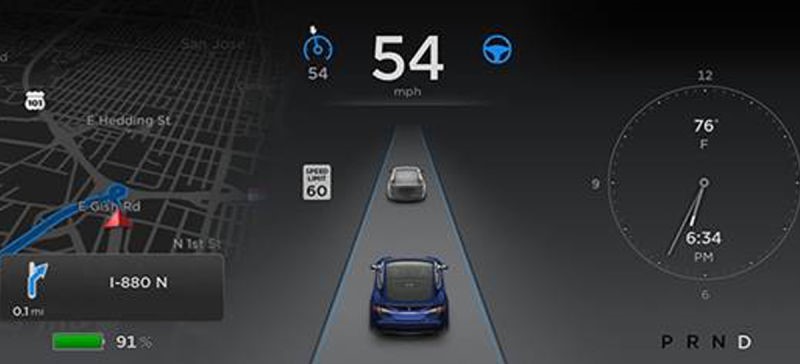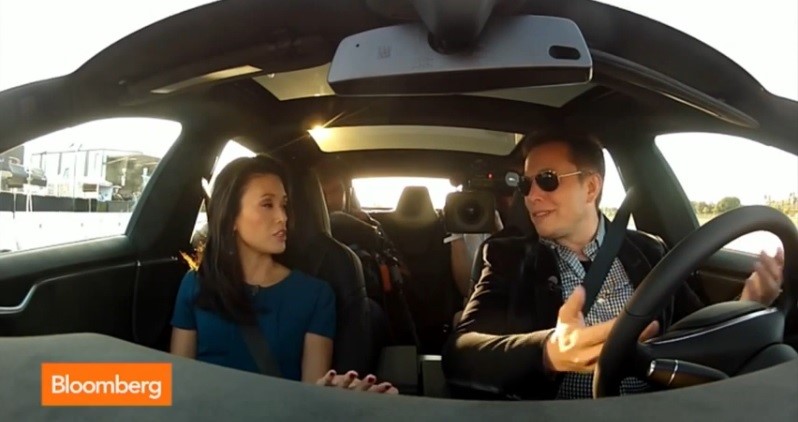
Self-driving vehicles are a savory prospect to those of us who’d prefer reading, writing, or actively doing something other than slogging through traffic. Unfortunately, the technology is still in its infancy, requiring a number of decades before it can fully disseminated across the entire North American infrastructure, replacing most conventional vehicles. But in the meantime, Tesla Model S could hold us over: a recent patch endowed the vehicle with autopilot features, making it the first legally available smart car on the market.
The vehicle won’t drive you to your destination, nor does it understand how to make sense of traffic lights or signs, but rather, it performs a more involved cruise control that uses a forward-looking radar, front-facing camera, a bevy of sensors, and GPS to ensure it stays in lane; even going as far as automatically adjusting its speed and breaking without your interference—heck, it even parks for you.

Other automakers have attempted to capitalize on the prospect of automation by marketing adaptive cruise control as such, when in fact, the feature differs quite a bit from what the Tesla Model S brings to the table. For example, adaptive cruise control automatically adjusts your speed and braking, depending on the speed of the car in front for short periods equating to about a minute. Afterwards, the driver needs to grab hold of the wheel.
The Model S is a different animal, using 12 ultrasonic sensors to detect everything within 16 feet of proximity to the vehicle, before autopilot software applies this knowledge to the car’s steering, speed, and braking systems at high speeds up to 75 mph! In addition, the vehicle can change lanes without requiring you to grasp the steering wheel; simply make sure the lane next to yours is empty and hit the blinkers and voila—lane change complete.

But this is where machine learning and its underlying artificial neural network come into play; as the each Model S continues to observe driving patterns around it and transmits this data to Tesla’s central system, the collective input is then dispersed across each individual vehicle, improving its ability to react to unforeseen circumstance. It’s beautiful really.
Nonetheless, autopilot cruise control is not meant as a replacement for real driving, but merely as a diversion from the torment of bumper to bumper traffic, that way, those of us who love driving, can focus solely on love every minute of driving.
Source: Jalopnik and Computerworld
Advertisement
Learn more about Electronic Products Magazine





